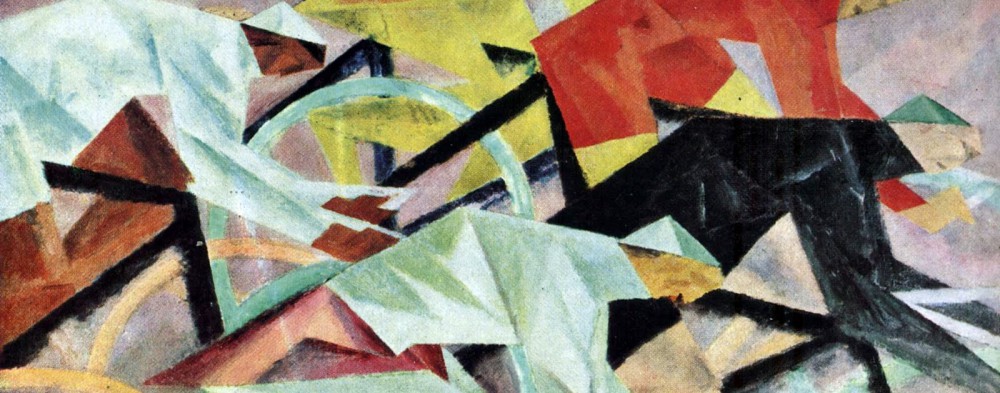Another race, another failure of strategy, another whine. Bike racing is so interesting because it is a team sport, involving complex strategies both inter-team and intra-team. The Olympic road race is always fascinating in that the teams are national teams, whereas the UCI racing calendar is based on the participation of “trade teams,” that is, commercially sponsored groups. So Olympics make strange bedfellows, in which the pals of the Tour battles may be the foes on the Olympic road.
This year I was unable to follow the road race live, but the results and their attainment were ironic and unexpected. First, Germany and Great Britain made an alliance to dominate the race and set up a sprint finish. Germany and Britain? (“Don’t mention the War! I mentioned it once, but I think I got away with it.”) Neither of these nations put a man in the break, but they thought that by dominating the peloton, wearing out other riders, their strongest cyclists could control the finish, especially World Champion and the world’s best flat sprinter Mark Cavendish (Britain).
But the large breakaway group had other ideas. The circuit took them over Box Hill a number of times (what would Emma Woodhouse have thought?), and the last time demonstrated that the Anglo-Saxon alliance had failed to achieve an hegemony. New breakaway riders had invigorated the front group, and it was the peloton that was knackered, despite the forceful front-riding of Brad Wiggins and Chris Froome. Though Fabian Cancelara crashed, Alexandr Vinokourov and Rigoberto Uran broke from the lead group to finish one-two. The powerful American future star Taylor Phinney finished 4th, eight seconds back.
“Vino” was in some respects a disappointing winner, since he had served a two-year suspension for blood doping from 2007-2009. However, he served his time, raced in last year’s Tour (where he was horribly injured in a crash while descending) and this year’s, and announced that he would retire after this Olympic event. A little extra adrenalin there, ya think? Now he can retire happy, and I’d even endorse Floyd Landis’ comments that people should be calling this a great victory for clean cycling, since Vino came back from disgrace and won clean. Of course the eloquent ex-Mennonite also said that if Vino had said “f*** every mother******* one of you,” that would work too. A tad bitter, are we, Floyd? Why?
Cavendish criticized the “negative racing” of Australia. Seems the 21st-century descendants of the former British penal colony did not have undying love for the present British team and refused to support their Cavendish-based objectives. In fact Stuey O’Grady, the leading Aussie force, who finished fifth, called this race finish “the most incredible moment I’ve ever had in my life.” It says volumes about the sport when a veteran racer who finished behind the medal winners can make that declaration. As for Cavendish: Mark, Mark, Mark! You’re the World Champion. You’re the most feared sprinter in the world. This situation goes with the territory. Of course the first thing anybody racing against you is going to try to do is neutralize you. Get over it. Congratulate the victor, pick up your marbles, and move on. Never forget that the ultimate racing rule is simple: first one across the finish line wins. It’s your responsibility to do whatever it legally takes to get yourself there.
Cheers, Vino. Hope life in Kazakhstan is good to you.
©Arnold J. Bradford, 2012.
